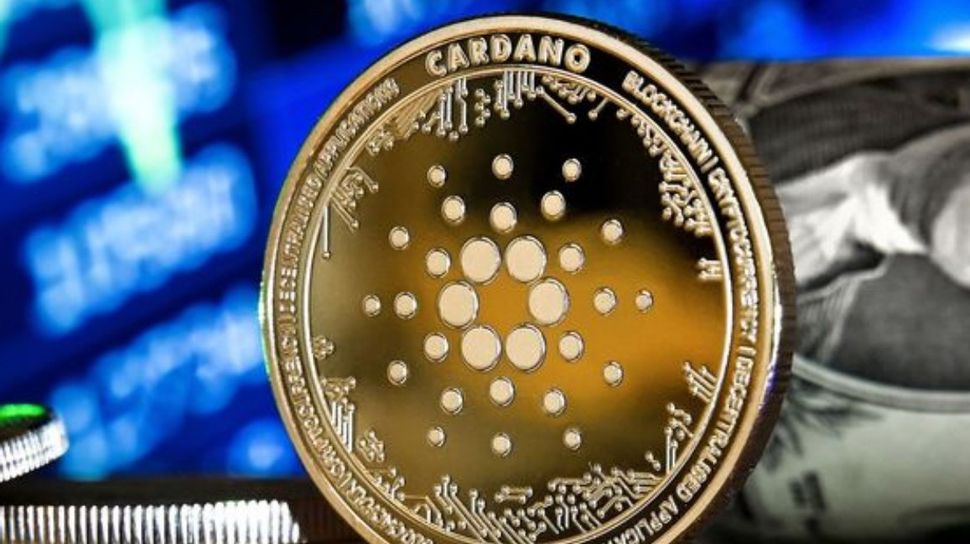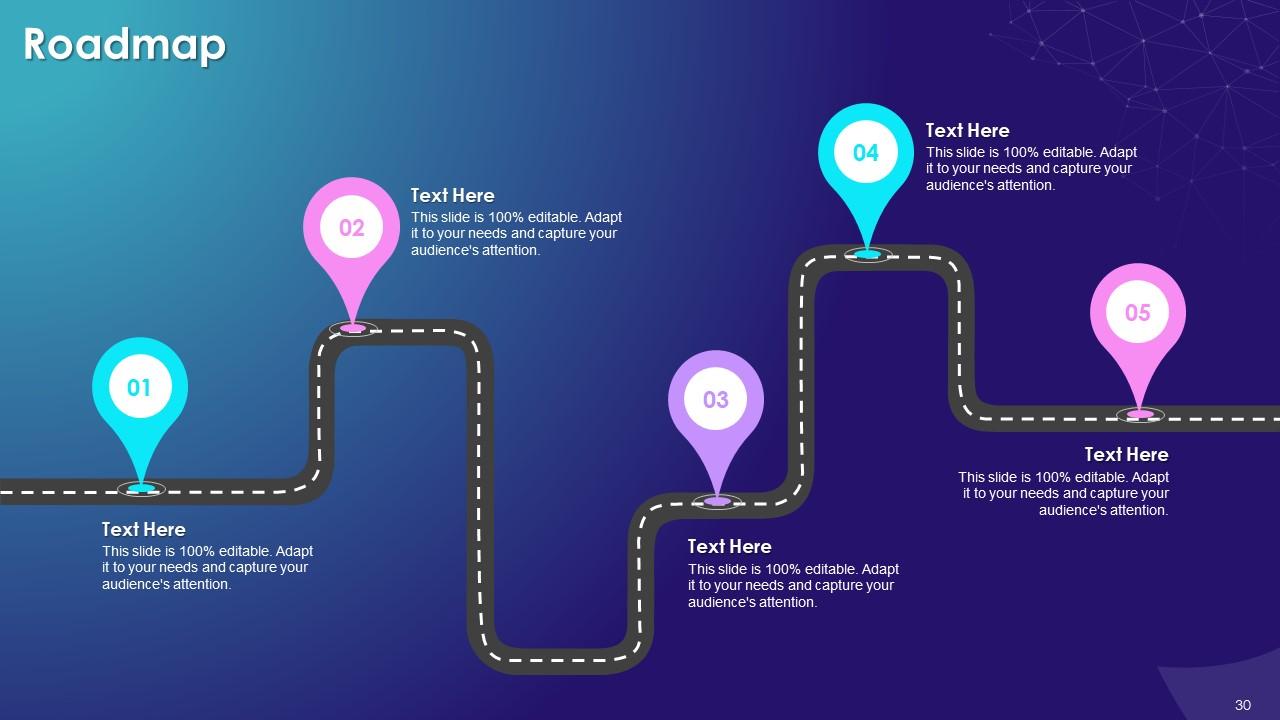Cardano and Decentralization: The Platform’s Vision for a More Decentralized Future.

Cardano and Decentralization: The Platform’s Vision for a More Decentralized Future.

One platform that has been at the forefront is Cardano, a blockchain platform that aims to create a more decentralized world by addressing the key challenges of scalability, interoperability, and sustainability. In this article, we will explore the technology behind the platform, its key features and projects, and its roadmap for achieving its goals. Cardano has been one of the best coins for investing and you can also make the most out of this. Try visiting https://immediategp.com/ now!
The Technology Behind Cardano
Cardano is built on a unique proof-of-stake consensus mechanism, which aims to provide a more energy-efficient and secure alternative to the proof-of-work consensus mechanism used by Bitcoin and other early blockchains. In proof-of-stake, validators are chosen based on their stake or ownership of the native cryptocurrency, in this case, ADA.
Cardano is also designed to have multiple layers, each with a specific function. The settlement layer is responsible for handling transactions and storing ADA, while the computation layer is designed to handle smart contracts and decentralized applications (dApps). The control layer acts as the governance layer, allowing stakeholders to vote on proposals and upgrades to the network.
Another unique aspect of Cardano is its commitment to peer-reviewed research and scientific principles. The platform is built on the Haskell programming language, which is known for its reliability and safety features. Cardano also has a dedicated team of researchers and developers who regularly publish papers and collaborate with academic institutions.
Cardano’s technology is designed to be modular, flexible, and scalable. It uses a layered architecture that separates the different functions of the network, making it easier to upgrade and maintain over time. Cardano’s approach to governance, through its Cardano Improvement Proposal (CIP) process, also ensures that the platform can evolve and adapt to changing needs and circumstances.
Key Features of Cardano

One of the key features of Cardano is its native cryptocurrency, ADA, which serves as the fuel for transactions and smart contracts on the platform. ADA has a total supply cap of 45 billion and is used to pay transaction fees and incentivize validators to participate in the proof-of-stake consensus mechanism.
Another notable feature of Cardano is its Cardano Improvement Proposal (CIP) process, which allows community members to propose and vote on changes to the platform. This ensures that the platform can evolve and adapt to changing needs and circumstances, while maintaining a high level of decentralization and community involvement.
Cardano has also partnered with a number of organizations to further its vision for a more decentralized future. For example, it has collaborated with the Ethiopian government to develop a blockchain-based identity solution for the country’s 100 million citizens.
Cardano’s approach to governance and community involvement is also reflected in its ongoing projects. For example, Project Catalyst is a decentralized funding platform that allows community members to propose and vote on projects that will be funded by the Cardano treasury.
Another important project for Cardano is the upcoming Alonzo upgrade, which will enable the creation of smart contracts and decentralized applications (dApps) on the platform. This will allow Cardano to compete with other blockchain platforms, such as Ethereum, in the growing market for decentralized finance (DeFi) and other blockchain-based applications.
The Roadmap for Decentralization

Cardano has a clear roadmap for achieving its vision of a more decentralized future. One of its key goals is to achieve full decentralization of the network, where the majority of the block production is done by community-operated stake pools rather than centralized entities.
To achieve this goal, Cardano has implemented a gradual decentralization process, where stake pool operators gradually take over block production from the Cardano Foundation and IOHK, the two organizations that initially launched and maintained the network. As of April 2023, over 90% of block production is done by community-operated stake pools.
Cardano’s roadmap also includes a focus on sustainability, both in terms of energy consumption and long-term viability. The platform has implemented a number of energy-efficient measures, such as the proof-of-stake consensus mechanism and the use of trusted hardware for secure key management.
Another important aspect of Cardano’s roadmap is its focus on interoperability, or the ability to communicate and exchange value with other blockchains and traditional financial systems. Cardano has implemented a number of standards, such as the Cardano Token Registry and the Cardano Metadata Registry, to enable seamless interoperability with other blockchains and applications.
Conclusion
In conclusion, Cardano’s vision for a more decentralized future is reflected in its technology, key features and projects, and roadmap for achieving full decentralization. With its focus on community governance, sustainability, and interoperability, Cardano is well-positioned to become a major player in the blockchain space, with significant potential for growth and innovation.




